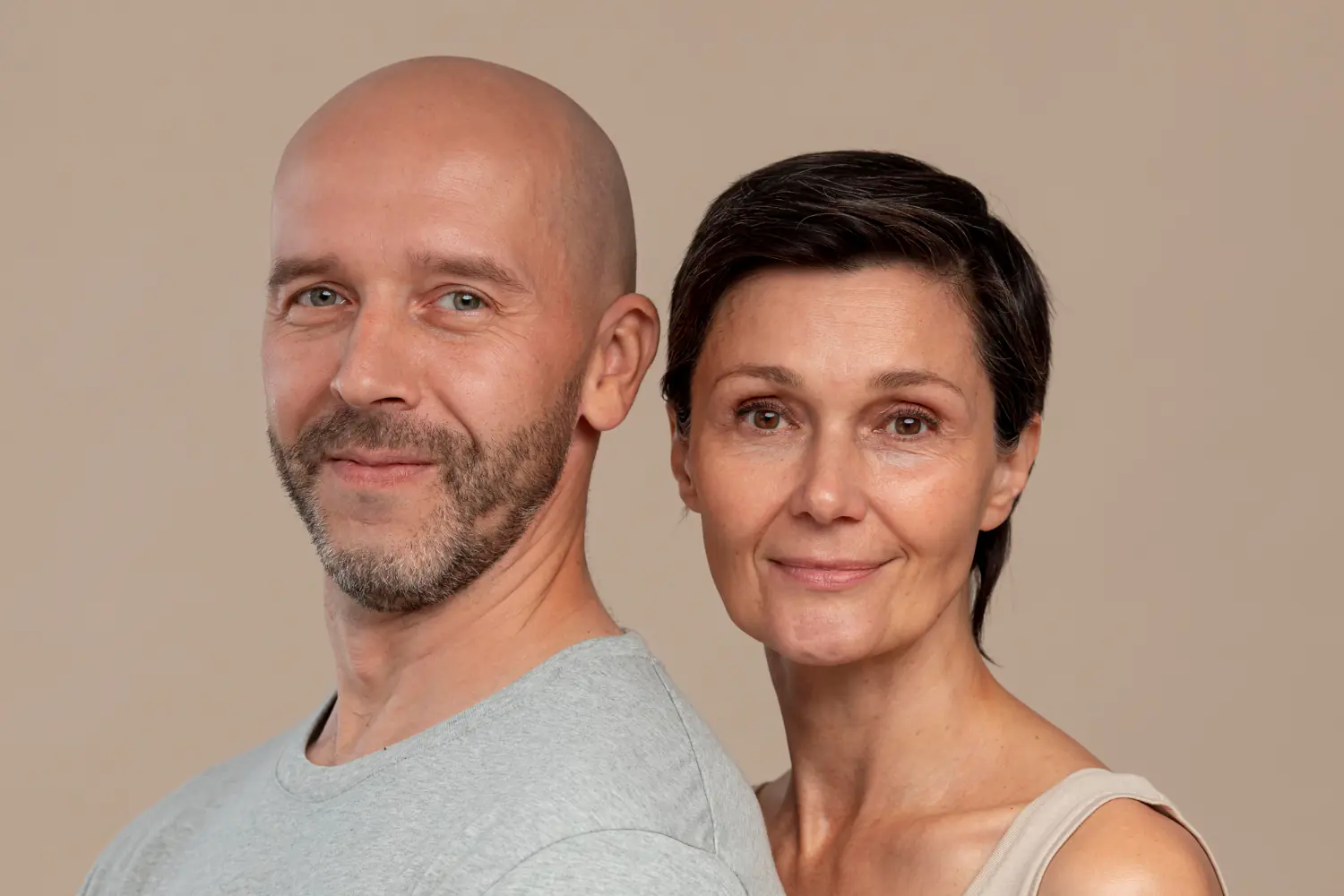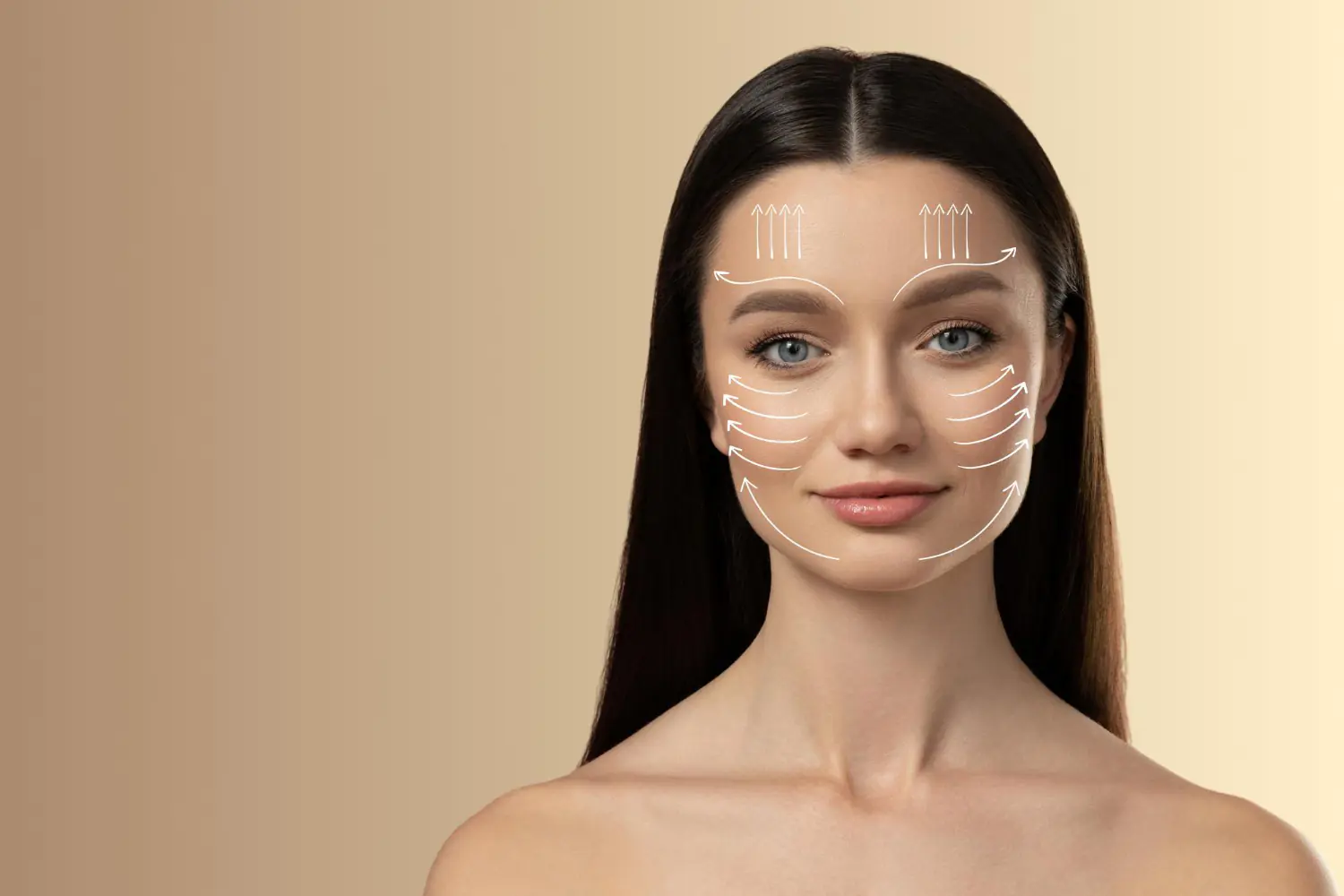How Your Face Ages from 40s to 70s and When a Deep Plane Facelift Is the Right Choice The rhythm of ageing by decade and depth — a clear, structural look at how faces change and why deep plane facelifts often give the most natural, long-lasting restoration. Introduction – The Rhythm of Ageing by Decade …
The rhythm of ageing by decade and depth — a clear, structural look at how faces change and why deep plane facelifts often give the most natural, long-lasting restoration.
Introduction – The Rhythm of Ageing by Decade and Depth
Ageing unfolds in layers — from the skin’s surface to the deep supporting structures beneath. It doesn’t happen suddenly, but gradually, in subtle shifts that redefine the contours of the face over time. Understanding both the rhythm of ageing and the anatomical depth at which it occurs is essential to choosing the right approach.
This guide explores facial ageing decade by decade — from the 40s through the 70s — and shows how the deep plane facelift offers the most natural, long-lasting restoration by working at the same structural level where ageing truly begins.
The 40s – Early Signs and the Ideal Moment for Structural Renewal
Suitability and Key Changes
In your forties, the first real structural changes begin — and for many, this is precisely the decade when a deep plane facelift delivers the most refined and natural transformation. Ligaments that once held the cheeks high start to stretch, deep fat pads descend, and the youthful midface begins to flatten. These subtle shifts, when corrected early, create results that look seamless rather than sudden.
Why a Deep Plane Facelift Excels in Your 40s
Non-surgical treatments can enhance skin quality but cannot reposition tissue that has already begun to descend. Intervening in your 40s allows the deep structures to be lifted gently while the skin still retains elasticity — preventing more dramatic corrections later.
Why many patients choose surgery in their 40s:
- Early structural support gives the most natural long-term results.
- Deep plane facelift restores youthful contour before advanced laxity develops.
- Shorter recovery and finer incisions compared to later decades.
The Philosophy of Prevention
For many, the 40s are not too soon, but the ideal time — a point where subtle rejuvenation achieves maximum effect. A facelift in your 40s or a deep plane facelift maintains balance, confidence, and integrity before significant correction becomes necessary.
The 50s – When Support Structures Begin to Let Go
Anatomical Changes
The 50s are often when patients begin to feel that time has truly altered their appearance. The skin’s elasticity diminishes, nasolabial folds deepen, and jowls appear more visible. The platysma — the thin neck muscle — begins to separate, creating early banding.
Typical changes include:
- Deepening of folds and softening of the midface.
- Jowls and neck heaviness becoming more visible.
- Non-surgical options producing diminishing returns.
Why the Deep Plane Facelift Stands Apart
While surface treatments can enhance texture, only surgical lifting can reposition the underlying structures. The deep plane facelift works beneath the SMAS layer, releasing and elevating deeper tissues to create a youthful contour without distortion — a refreshed rather than ‘operated’ look.
What patients appreciate most:
- Restored cheek volume and jawline definition.
- Smooth, natural movement and expression.
- A result that endures for many years rather than months.
Read More: Understanding the Difference Between SMAS and Deep Plane Facelifts
The 60s – Restoring Harmony, Not Erasing Age
Suitability and Goals
By the 60s, the goal shifts from turning back time to refining its traces. The face may show deeper hollows, heavier jowls, and a more relaxed neck contour. The aim is to restore balance and vitality rather than erase character.
Common goals in this decade:
- Harmonise the face and neck as one aesthetic unit.
- Restore proportion and soften heaviness.
- Preserve individuality while achieving balance.
Technique and Approach
Many patients now benefit from combining a deep plane facelift with a necklift for seamless rejuvenation. Performed under general anaesthesia in a CQC-accredited surgical centre, the deep plane technique delivers results that are comprehensive, natural, and enduring.
Philosophy in the 60s
Unlike older methods that rely on surface tension, the deep plane approach restores the underlying architecture, allowing natural movement and expression. For many, this decade’s facelift is not about vanity but integrity — ensuring that outward appearance mirrors inner vitality.
The 70s – Refinement and Renewal
Suitability and Expectations
Contrary to popular belief, the 70s are not ‘too late’. With good health and realistic expectations, patients in their 70s can achieve elegant, balanced outcomes from a deep plane facelift.
Why Results Still Look Natural
Because the deep plane technique repositions the deeper facial layers, results continue to age gracefully. The face remains expressive and harmonious rather than over-tightened.
In the 70s, focus on:
- Refinement over transformation.
- Maintaining continuity between face and neck.
- Combining surgery with subtle skin treatments for lasting vitality.
Longevity – The Decade-Long Grace of a Deep Plane Facelift
How Long Results Last
A properly performed deep plane facelift typically maintains its result for 10–15 years, depending on skin quality, genetics, and lifestyle. Because the deeper structures are repositioned, the result softens naturally rather than suddenly ‘dropping’.
What Preserves the Result
Longevity depends on:
- Integrity of the deeper support layers.
- Healthy lifestyle and skincare habits.
- Avoiding cycles of over-filling or aggressive tightening.
What to Expect Over Time
A facelift result performed correctly continues to age gracefully. Even a decade later, patients describe their face as familiar — simply more balanced, rested, and confident.
Choosing the Right Moment, Not the Right Age
Ultimately, the right time for a deep plane facelift isn’t defined by age but by anatomy. Each face ages differently — bone projection, skin thickness, genetics, and lifestyle all influence timing.
When to Consider a Consultation
- When the lower face or neck no longer reflects how you feel.
- When injectables or devices no longer achieve visible lift.
- When you want natural rejuvenation that endures.
A thorough consultation will assess anatomy, discuss goals, and determine whether facelift surgery — or a combination of surgical and non-surgical techniques — offers the most balanced outcome.
“The question isn’t how old you are — it’s whether your reflection still feels like you. The deep plane facelift simply helps the two meet again, gracefully.”













